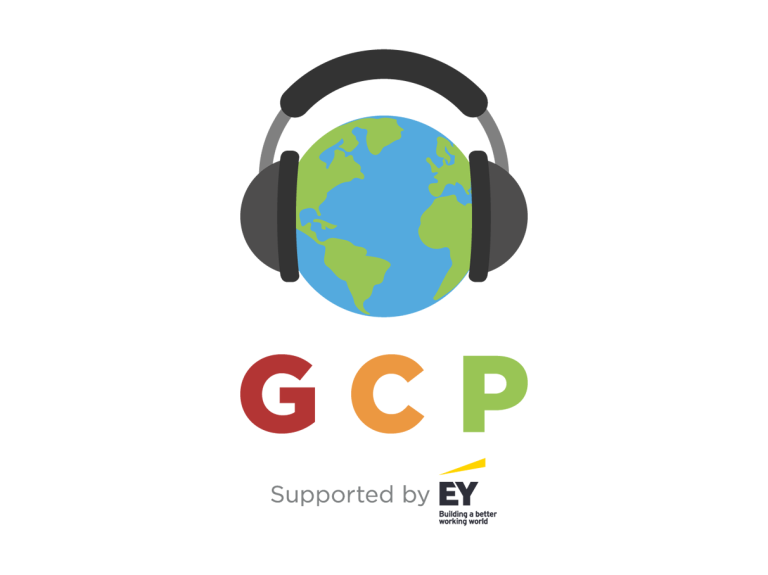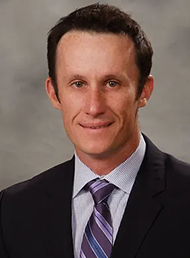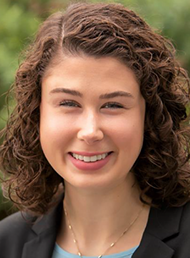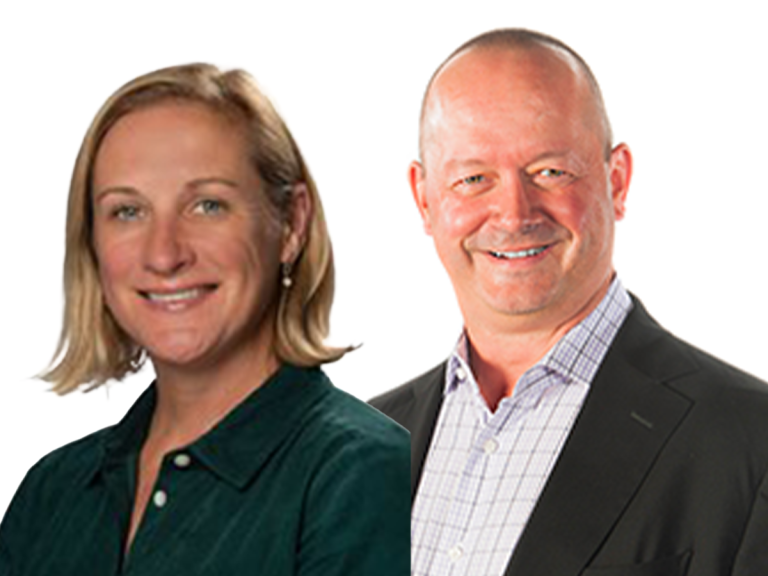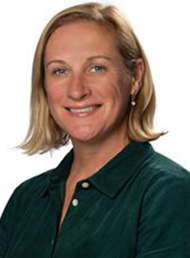Aligned objectives and regular communication between an insured’s insurance and benefits teams are key to successful international employee benefits programmes, while networks and consultants must play their part too, according to Lauren Kelly, of MAXIS Global Benefits Network, and Aon’s Dany Mathieu.
In the latest episode of the Global Captive Podcast, Kelly, regional manager for the central zone in the United States with MAXIS, and Mathieu, senior vice president and North American leader for captive EB services at Aon, discussed the differing roles for HR, benefits, risk and insurance colleagues in implementing and managing a successful international employee benefits programme.
Effective EB captive users often emphasise the value of effective partnership and collaboration across the organisation.
Kelly and Mathieu explained the different ways they have seen this play out throughout the various stages of implementation.
In the initial set up stage, Mathieu said it varies as to who drives the conversation often depending on the motivations of the organisations and respective departments.
“In a given week, I will have conversations with risk management because they would like to expand a captive, they would like to include additional lines and they’re looking at EB,” he explained.
“We talk about it and eventually HR comes in. Conversely, sometimes HR or benefits are looking for additional savings, additional flexibility, and they’re looking at employee benefits reinsured to a captive as a solution. And once they sort of figure out that it might work, they bring in risk management.”
Whichever way the conversation starts, however, Mathieu said ultimately the recommendation is both parties are involved “as soon as possible”.
“It cannot be implemented successfully unless there’s a good partnership between HR and risk management,” he added.
“There are many other parties – finance, legal, the captive manager. So it really is a solution that requires many different teams of our clients to work together to be successful.”
Subscribe to the Captive Intelligence newsletter to receive our FREE twice weekly updates with links to news, analysis and podcasts.
Once an international employee benefits programme is up and running, Kelly said it really varies as to how often risk, insurance, HR and benefits colleagues meet to monitor and manage operations.
“Several of my clients have captive committees where they put a monthly diary on the agenda to make those rate decisions or plan change decisions, but in terms of having a great partnership, you need to find what works best for your organisation,” she said.
“From a network standpoint we make sure we connect with the client or the consultant formally on a monthly basis, if not more, depending on the number of renewals taking place.
“There’s a lot of work that takes place to manage the data, pricing assessments, and the other renewal activities, such as plan change management.”
While working closely and regularly together is key to keeping a programme on track and effective, it is also imperative to ensure objectives and motivations are aligned so common goals can be achieved.
“There will be some challenging conversations,” Kelly added.
“It’s not always roses. Conversations on budget approvals for benefit enhancements can be really tough and just being able to work through these not only internally with a client, but between the network and the consultants transparently to try to solve problems is really critical.
“The other thing I wanted to add is it’s critical that the local entities see the value of the captive model. I think it’s a best practice to make sure that that value is communicated regularly and helps with the top-down alignment of the captive strategy.”
Mathieu agreed and said sometimes other departments such as procurement need to be kept informed as to the objectives of the strategy and why it differs from simply finding the best price in the commercial market.
“Sometimes we have issues with procurement because procurement sees their role as trying to get the lowest possible price, but here the captive is taking on the risk,” he explained.
“Reducing the premium is not in the best interest of the company. What we’re trying to do is find the premium rate where the captive could break even. And so, when we talk about change management, it’s important, especially with the local procurement teams to explain that.”
While collaboration between different business units within the insured is essential, it is also important for the various external partners, such as the fronting network, broker and consultant, to work closely together.
Kelly said “proactive, diligent project management” is key to those relationships working well.
“The constant communication with our network members and the external collaboration with consultants like Aon,” she added.
“Strong partnerships are based on this mutual trust and well defined processes that we’ve spoken about. By executing on these, it will help us achieve success and make for a happy client, which makes for a happy Aon and MAXIS.”
Listen to the full podcast discussion between Lauren Kelly and Dany Mathieu here, or on any podcast app. Just search for ‘Global Captive Podcast’.







